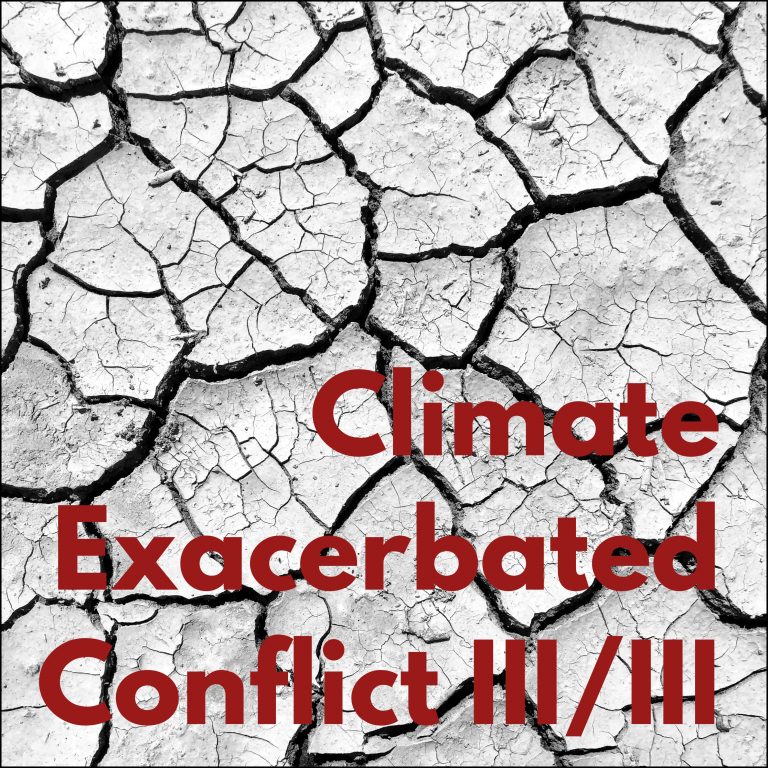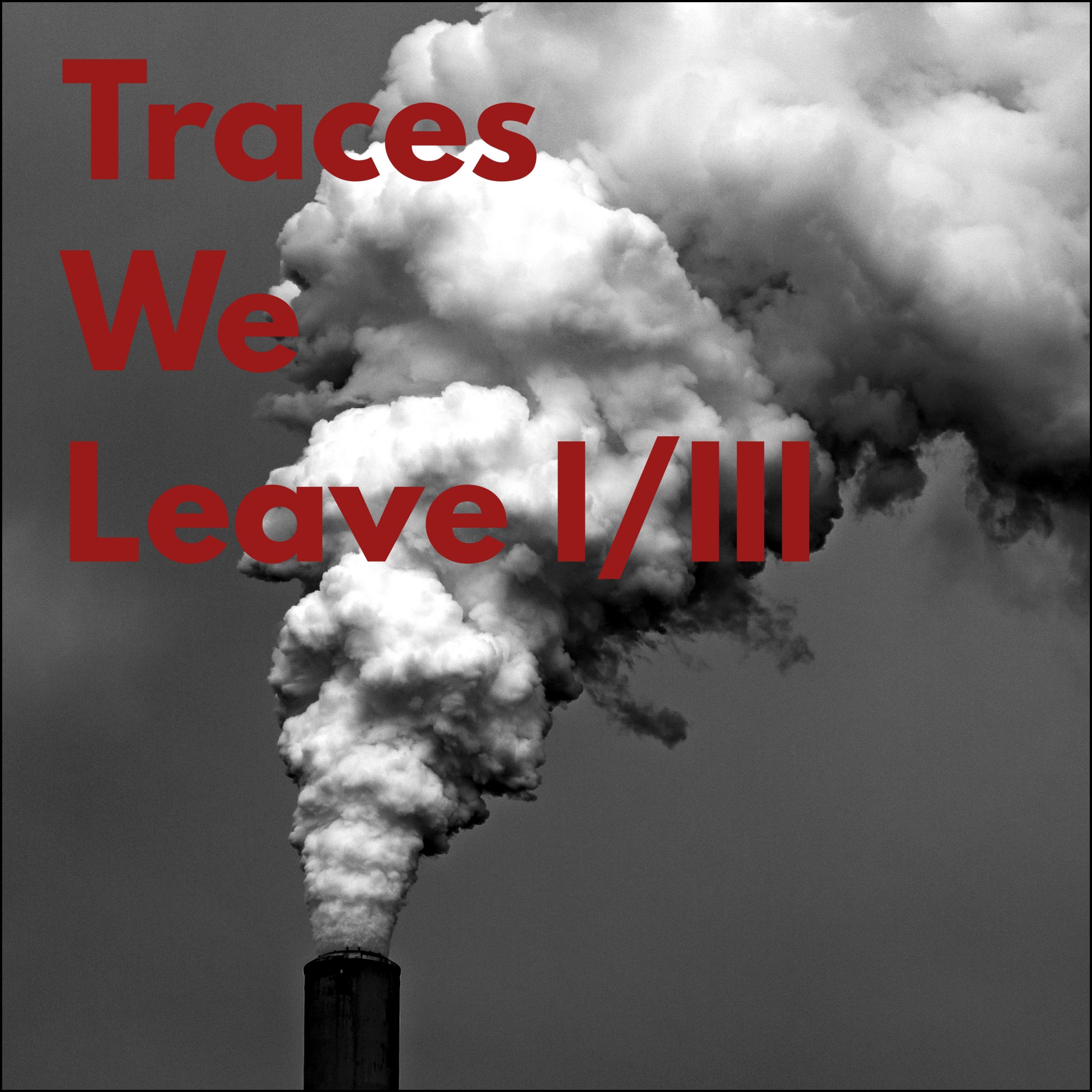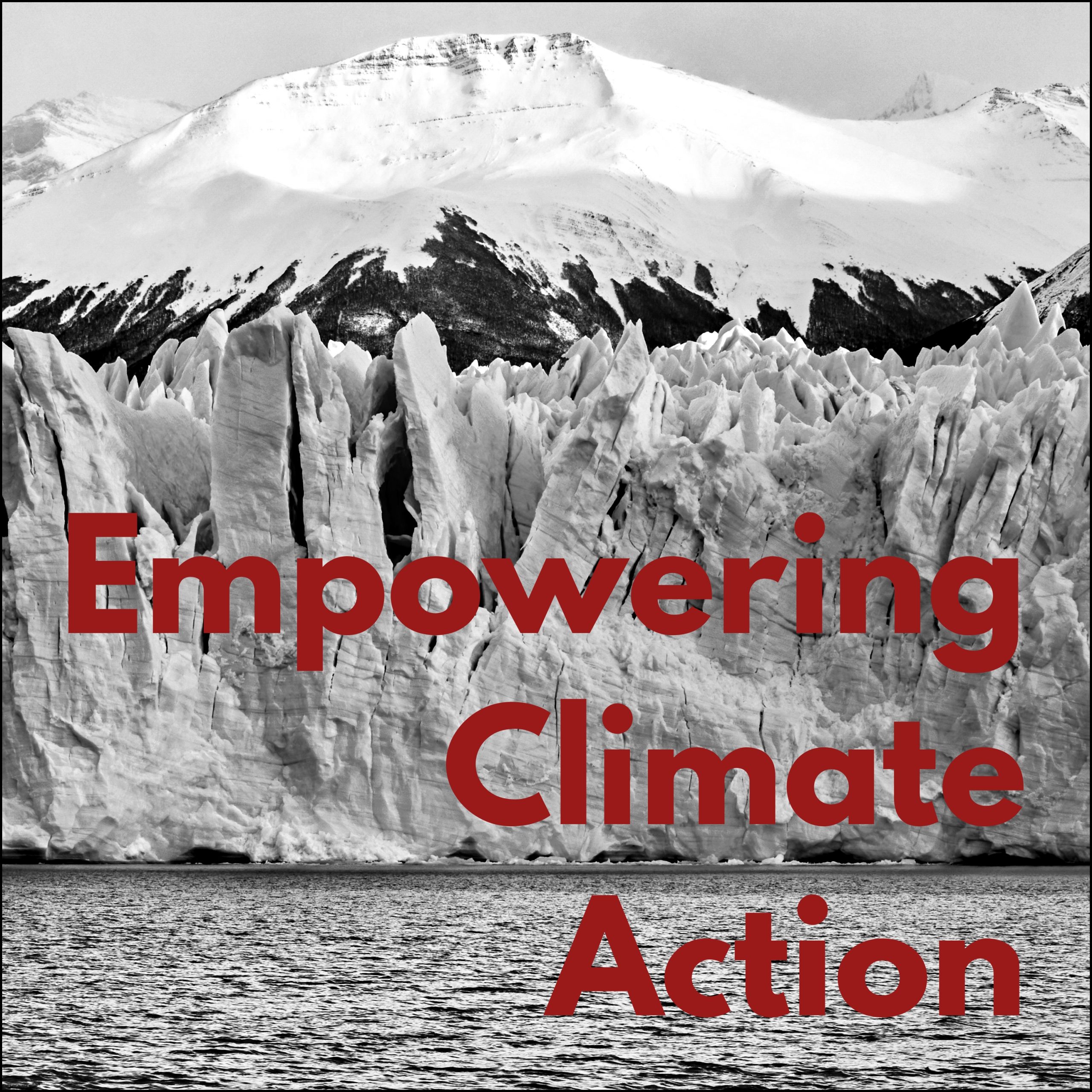Cities are quickly emerging as major gathering places for displaced people escaping the combined effects of conflict and climate change. As waves of migrants seek safety and opportunity, these urban areas frequently experience tremendous strain on housing, infrastructure, and social assistance programs. This influx exacerbates pre-existing issues like inequality, limited governance capacity, and resource scarcity for many cities, especially in areas of fragility.
At Broadpeak, we collaborate with industry experts, impact-driven investors, and academic institutions to address urgent global challanges. Through our articles and trilogies, we aim to share the insights we have gained from these projects with our network. Explore all of our published articles and trilogies in the blog section of our website.
The Climate-Conflict Nexus and Urban Migration
Climate stressors such as droughts, floods, and environmental degradation often increase competition over basic resources like water, land, and food. This competition can put a strain on relationships between displaced groups and host communities, raising the risk of social tensions and violence. Marginalised populations, who already have limited access to essential services and representation, are especially vulnerable in this situation. They often suffer the most from human rights abuses and socioeconomic exclusion.
Kiram Tadesse, Managing Partner at Ultimate Consultancy Services, stresses that climate change and conflict are not separate crises, but overlapping forces that amplify vulnerability: “Marginalised communities are disproportionately affected by climate-induced displacement and conflict. Competition over scarce resources, such as water and arable land, heightens tensions between displaced groups and host populations, which can lead to further conflict and social fragmentation. This dynamic deepens inequalities and leaves vulnerable groups, especially women and children, exposed to exploitation and violence.” This observation shows that researchers and practitioners increasingly understand that climate change does not cause displacement on its own. Instead, it often makes existing social, economic, and political vulnerabilities worse. In many instances, environmental damage increases community tensions and can trigger renewed conflict, which makes it harder to build resilience.
The Socioeconomic and Spatial Challenges of Urban Displacement
Displaced populations often settle in informal or poorly equipped urban neighbourhoods. These areas lack good housing, sanitation, healthcare, and education services. The rapid influx of people worsens overcrowding and puts pressure on already tight municipal budgets. Informal settlements can become breeding grounds for disease outbreaks and environmental risks, further weakening resilience. Unemployment and economic exclusion are common problems for displaced groups. Many lack access to formal job markets or legal protections. As a result, they often depend on unstable informal work, which harms their economic security and social integration. These conditions often keep them trapped in cycles of poverty and vulnerability.
Health outcomes also worsen in crowded, underserved urban areas. Limited access to clean water, sanitation, and healthcare services makes people more vulnerable to communicable diseases, malnutrition, and mental health issues. Children, women, and the elderly are especially at risk. Education is disrupted for displaced children. Many cannot enrol in formal schools or face overcrowded classrooms with few resources. The lack of educational opportunities hurts long-term development for both displaced individuals and host communities.
Building Inclusive Urban Resilience
Addressing these challenges requires more than just investments in physical infrastructure. It needs governance systems that include and involve everyone. These systems should empower displaced people and host communities to take part in shaping their futures. Only through inclusive governance can adaptation measures be customised to meet the varied needs of all residents. This approach promotes social cohesion instead of widening gaps.
Anokh Sreejith, a climate and peacebuilding advocate with the Global Shapers Community, emphasises the importance of this inclusive approach: “Urban resilience is not just about infrastructure; it is about fostering community participation and social cohesion. Cities must actively engage displaced persons and host communities alike in decision-making processes to ensure that adaptation strategies meet the needs of all residents and do not deepen existing disparities.”
Pascal Grimm, Project Manager at the Berghof Foundation’s Sub-Saharan Africa Unit, shares important insights on the challenges local organisations encounter. He mentions, “Local informal networks in cities often struggle to access funding because of bureaucratic hurdles and a lack of formal registration. This restricts their ability to provide tailored support in fragile urban areas. Simplifying funding processes and building trust with local actors is essential for sustainable urban adaptation.”
Innovative urban planning and social policies can create opportunities during times of displacement. This includes focusing on affordable and durable housing, improving access to clean water and sanitation, and building social safety nets to support vulnerable groups. Additionally, climate adaptation should be linked with peacebuilding and human rights efforts to tackle the main causes of conflict and displacement. This approach can lead to lasting solutions that promote stability and well-being.
Despite the urgency, funding for urban climate adaptation in displacement contexts is still inadequate and scattered. Most climate finance focuses on rural or national projects, leaving cities and local governments short on resources. Additionally, climate funding and humanitarian aid often operate separately. This separation makes it harder to respond effectively to climate-related displacement.
Blended finance and direct access methods allow local governments and community groups to obtain funds more easily. These approaches show potential, but they need to be expanded. Donor priorities should shift toward flexible, risk-tolerant funding that meets urban needs. Building local governance capacity is also essential. Many cities in unstable regions lack the structures necessary to plan and implement climate adaptation effectively. Building skills, sharing knowledge, and collaborating among multiple stakeholders can improve urban resilience planning and resource gathering.
The Role of Technology and Data
Technology and data collection can significantly improve how cities adapt to climate change. Geographic Information Systems (GIS), remote sensing, and real-time monitoring help city planners identify vulnerable areas, forecast climate risks, and efficiently allocate resources. Digital platforms can enhance communication between displaced communities, local authorities, and service providers, leading to better coordination. Mobile technology also allows displaced individuals to find crucial information about services, rights, and job opportunities. However, achieving digital inclusion is still a challenge. Marginalised urban populations often do not have access to the internet or digital devices. Closing this digital gap is necessary for fair climate adaptation in cities.
Linking Climate Adaptation with Peacebuilding and Human Rights
Another important aspect is connecting urban climate adaptation efforts with peacebuilding and human rights frameworks. Sustainable solutions should address the root causes of conflict and displacement, such as resource competition, discrimination, and limited access to justice. This broad approach can promote stability and improve well-being for both displaced people and host communities. Programs that combine dialogue platforms, conflict mediation, and community empowerment with physical adaptation measures have been successful in preventing tensions from escalating. International organisations and city governments are increasingly adopting these models to encourage social cohesion and lasting peace.
The overlapping issues of climate change, conflict, and displacement require approaches that are locally focused and integrated. This trilogy has shown that effective climate finance needs to be flexible and accessible in vulnerable situations. Urban resilience needs inclusive governance and social unity. Sustainable adaptation is closely linked to peacebuilding and human rights. Going forward, policymakers, donors, and practitioners must work together to break down barriers, support local voices, and develop innovative solutions that tackle the complicated realities people face. Only with such thoughtful and caring strategies can we build strong communities that can thrive in the face of uncertainty and change.





